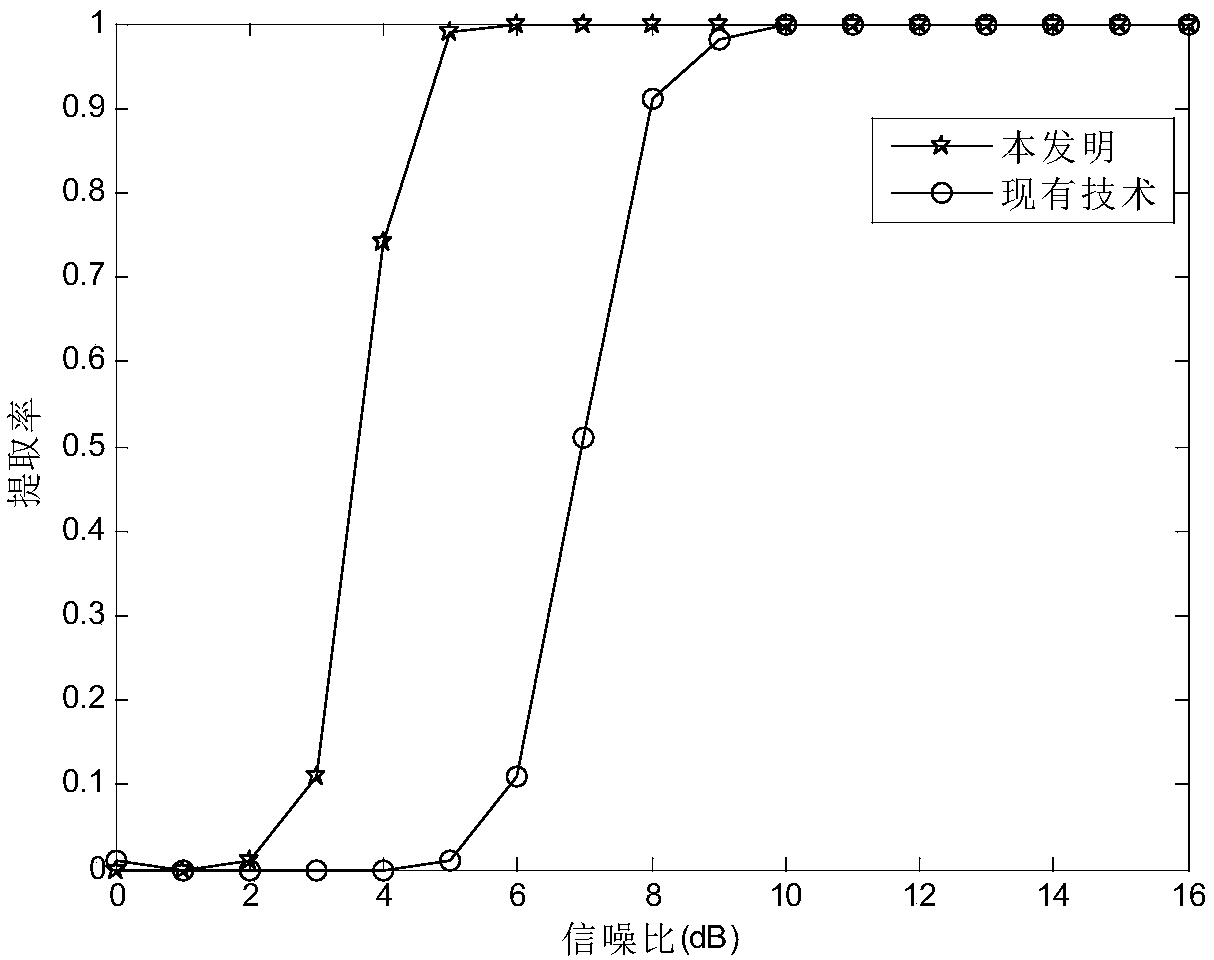Signal processing method based on quasi high-order square spectrum
A signal processing and high-frequency signal technology, applied in baseband system, baseband system components, shaping network in transmitter/receiver, etc., can solve problems such as maintenance, discrete spectral line weak calculation complexity, etc. The effects of strong features, slow attenuation of spectral line features, and high engineering application value
- Summary
- Abstract
- Description
- Claims
- Application Information
AI Technical Summary
Problems solved by technology
Method used
Image
Examples
Embodiment Construction
[0032] The present invention will be further described below in conjunction with the accompanying drawings.
[0033] Refer to attached figure 1 , the specific steps of the embodiment of the present invention are described as follows.
[0034] Step 1, obtain the complex baseband signal in time domain.
[0035] Using the analog-to-digital conversion module of the wireless communication signal processing receiver, the radio frequency analog signal received by the radio frequency antenna is converted into a high frequency signal in the time domain.
[0036] In the field of non-cooperative communication, the center frequency of the high-frequency signal in the time domain is obtained by using the estimation formula of the center of gravity method. In the field of cooperative communication, the center frequency of the high-frequency signal in the time domain is obtained according to the cooperative communication protocol.
[0037] In the field of non-cooperative communication, the...
PUM
 Login to View More
Login to View More Abstract
Description
Claims
Application Information
 Login to View More
Login to View More - Generate Ideas
- Intellectual Property
- Life Sciences
- Materials
- Tech Scout
- Unparalleled Data Quality
- Higher Quality Content
- 60% Fewer Hallucinations
Browse by: Latest US Patents, China's latest patents, Technical Efficacy Thesaurus, Application Domain, Technology Topic, Popular Technical Reports.
© 2025 PatSnap. All rights reserved.Legal|Privacy policy|Modern Slavery Act Transparency Statement|Sitemap|About US| Contact US: help@patsnap.com



